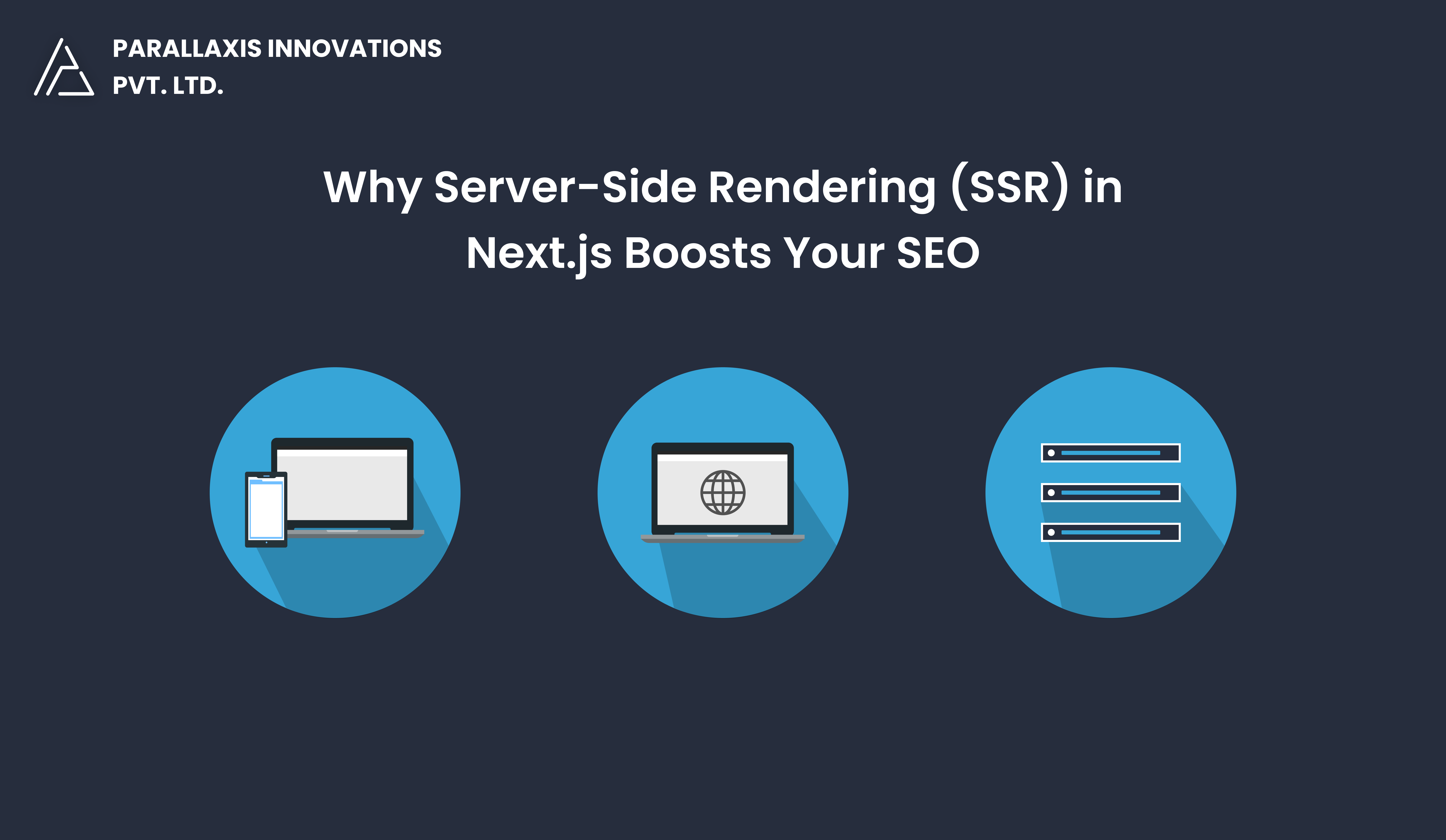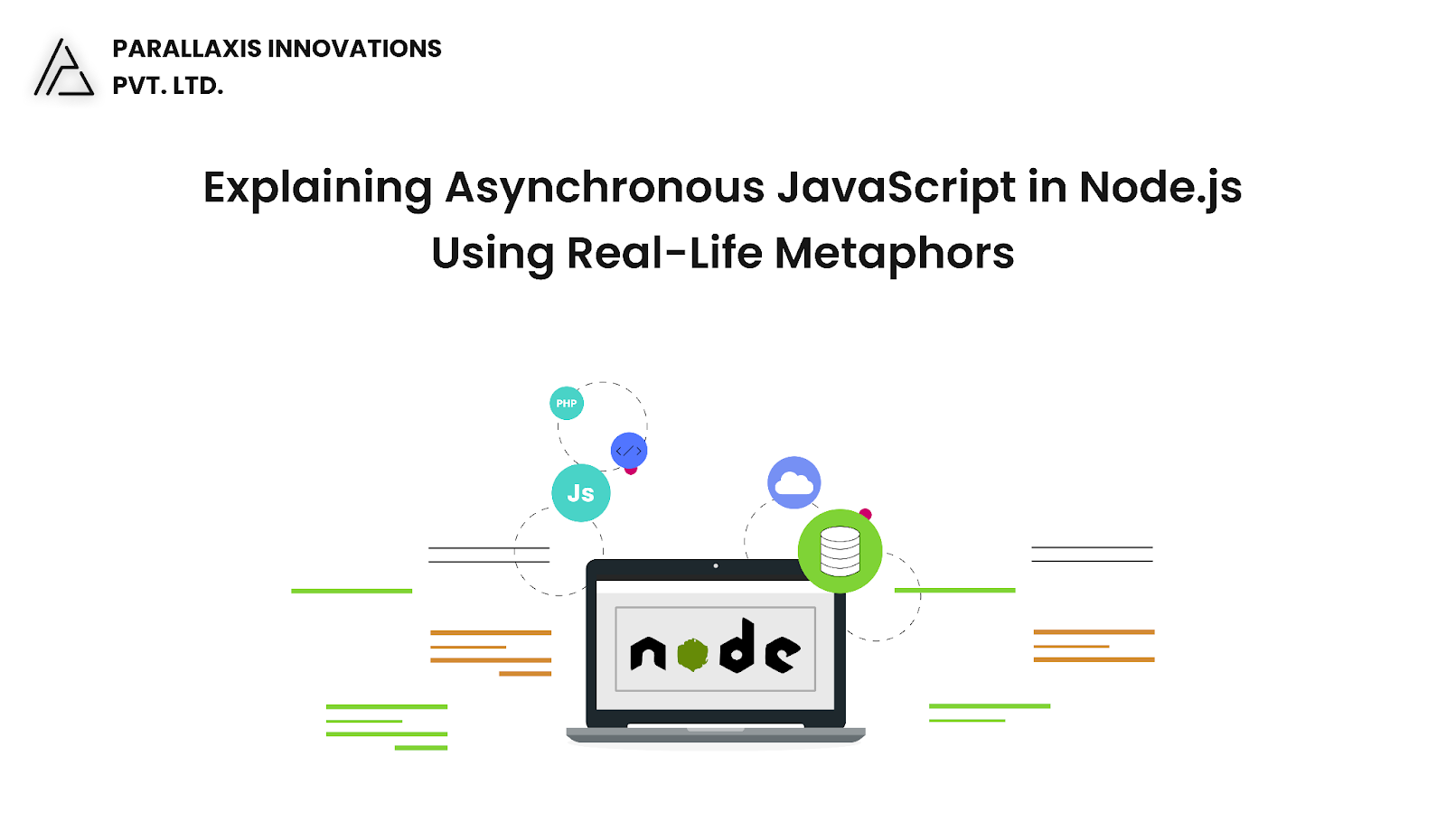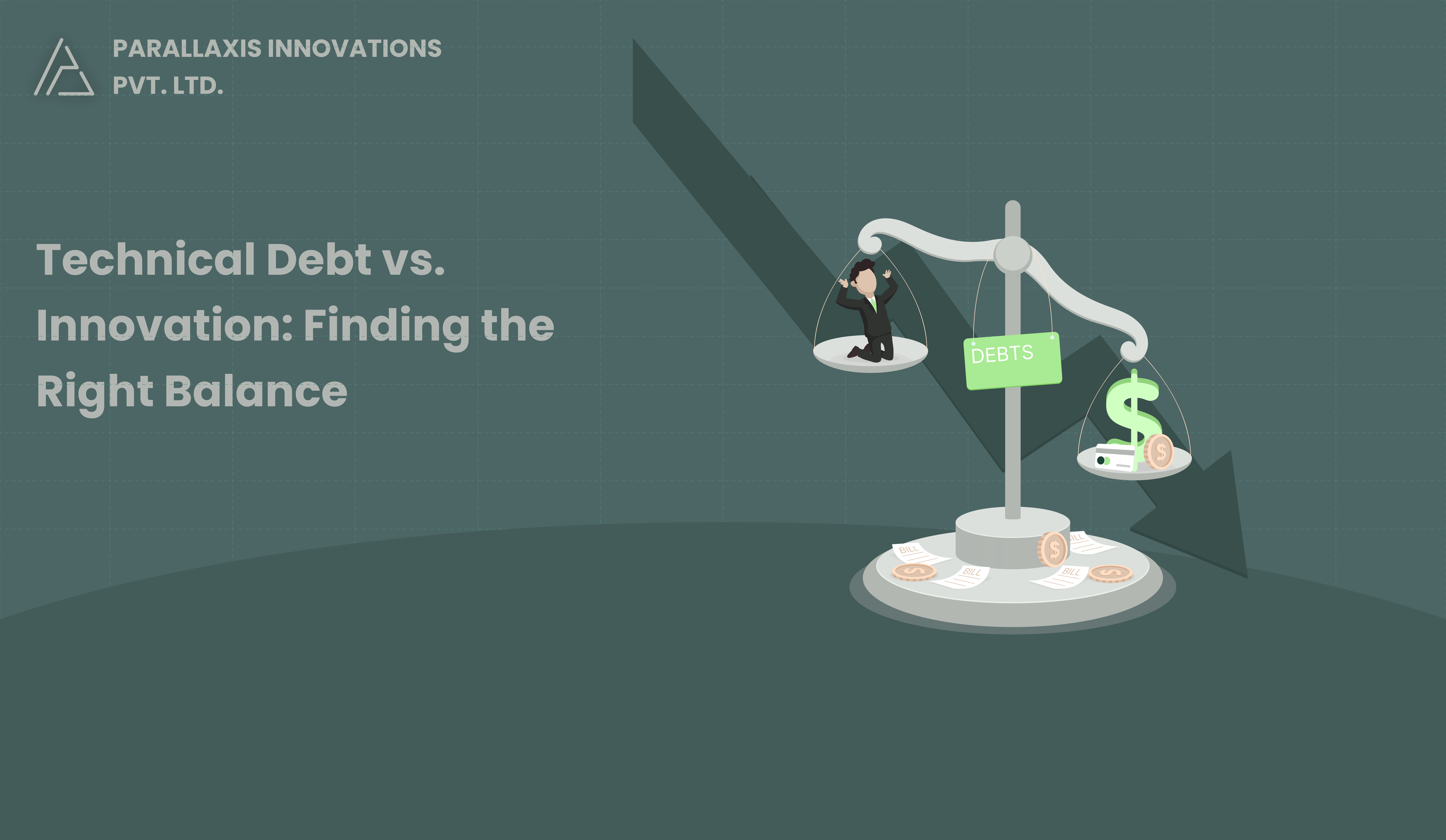In today’s digital world, getting your website noticed by search engines is crucial. This is where SEO (Search Engine Optimization) becomes essential for your web app's success. When we talk about SEO and how well your website performs, Next.js is a great choice. It uses powerful methods like Server-Side Rendering (SSR) to improve SEO.
What is Server-Side Rendering (SSR)?
SSR is a method where the full HTML of a page is generated on the server before being sent to the browser. This means that when a user or search engine visits a page, the content is already ready to be seen or indexed, without having to wait for JavaScript to load.
In Next.js, SSR is done using the getServerSideProps() function. This allows data to be fetched and the HTML to be built on the server before it reaches the user.
Why is SSR Important for SEO?
- Search Engines See the Full HTML: Search engine bots like Google can run JavaScript, but sometimes they don’t do it quickly or reliably. SSR gives them fully rendered HTML from the start, so they can index your content right away.
- Benefits:
- Ensures consistent indexing
- Shows key content immediately
- Improves ranking accuracy
- Benefits:
- Faster Time-to-Content: Speed matters in SEO. SSR reduces the time it takes for content to appear on the screen. This leads to:
- Lower bounce rates
- Better user experience
- Higher performance scores in tools like Lighthouse
- Note: Speed is a ranking factor for Google.
- Dynamic Content for SEO: Unlike static pages, SSR lets you serve real-time content (like product stock levels, blog updates). This is great for websites that need fresh content.
- Great for:
- E-commerce sites
- News sites
- Marketplaces
- Great for:
- Consistent Metadata: SSR ensures that each page generates its own metadata (title, description, canonical URL). This helps:
- Generate unique metadata for each page
- Avoid metadata duplication
- Better Social Media Sharing: Social media platforms use metadata to generate link previews. With SSR, these previews are correct and rich when sharing on sites like Facebook or Twitter.
SSR vs. Client-Side Rendering (CSR) vs. Static Site Generation (SSG)
- SSR (Best for SEO, dynamic pages)
- SEO strength: ⭐⭐⭐⭐⭐
- Speed: Medium
- Use case: Dynamic, SEO-critical pages (e.g., product pages)
- CSR (Client-Side Rendering)
- SEO strength: ⭐⭐
- Speed: Slow for search engines
- Use case: Authenticated user dashboards
- SSG (Static Site Generation)
- SEO strength: ⭐⭐⭐⭐
- Speed: Fast
- Use case: Blogs, landing pages
Best Practices for SEO with SSR in Next.js
- Use getServerSideProps() only when needed. For static pages, prefer Static Site Generation (SSG).
- Include relevant metadata in <Head> using next/head.
- Optimize images with the <Image> component from Next.js.
- Set canonical URLs to prevent duplicate content.
- Avoid unnecessary redirects or delays on SSR pages.
- Use robots.txt and sitemap.xml to guide search engine crawlers.
Final Thoughts
If SEO is important for your Next.js app, SSR is a strategic advantage. It ensures:
- Your content is visible and ready for both users and search engines.
- Your content is crawlable, indexable, and dynamic.
- Your site is fast and always up-to-date.
In a world where performance and visibility are key to success, SSR is not just a good choice — it’s a competitive edge.



